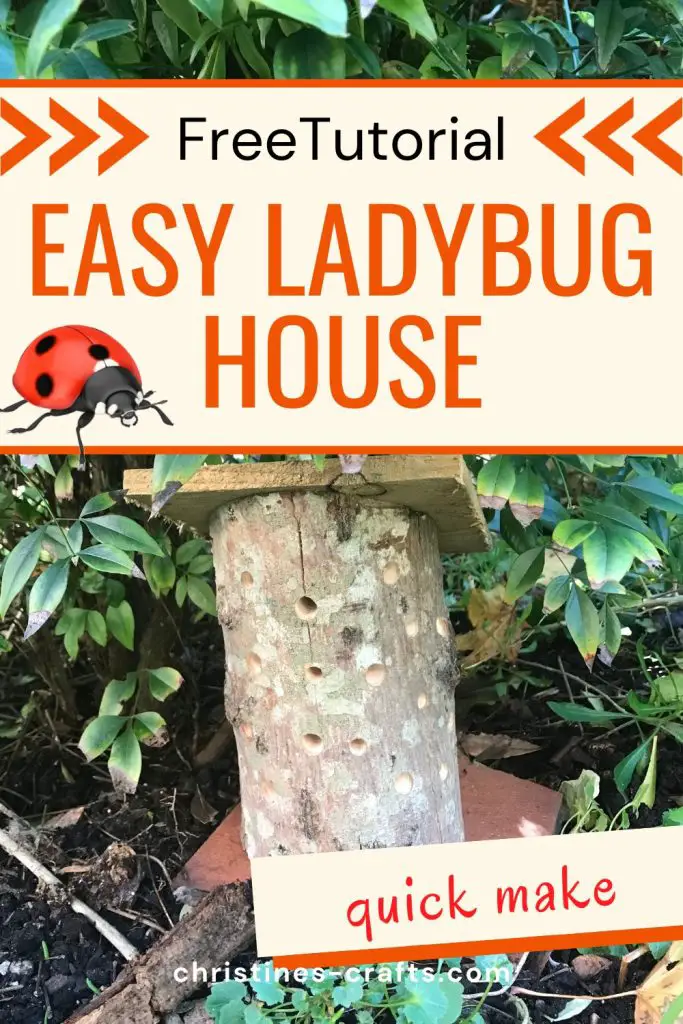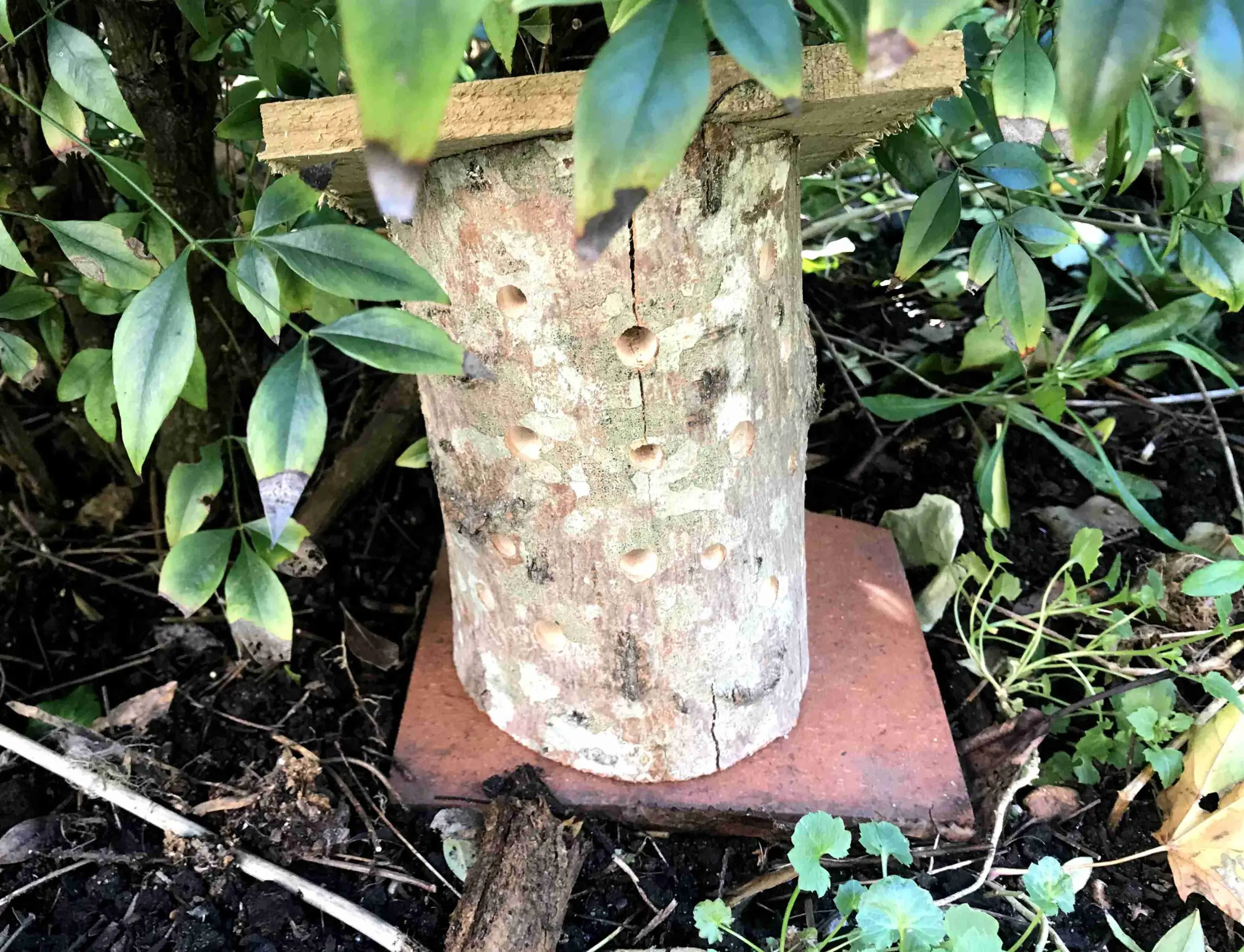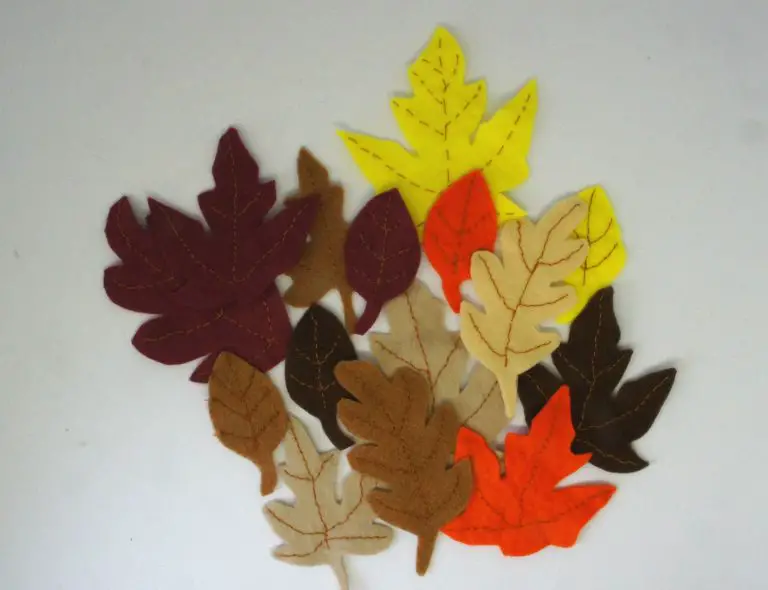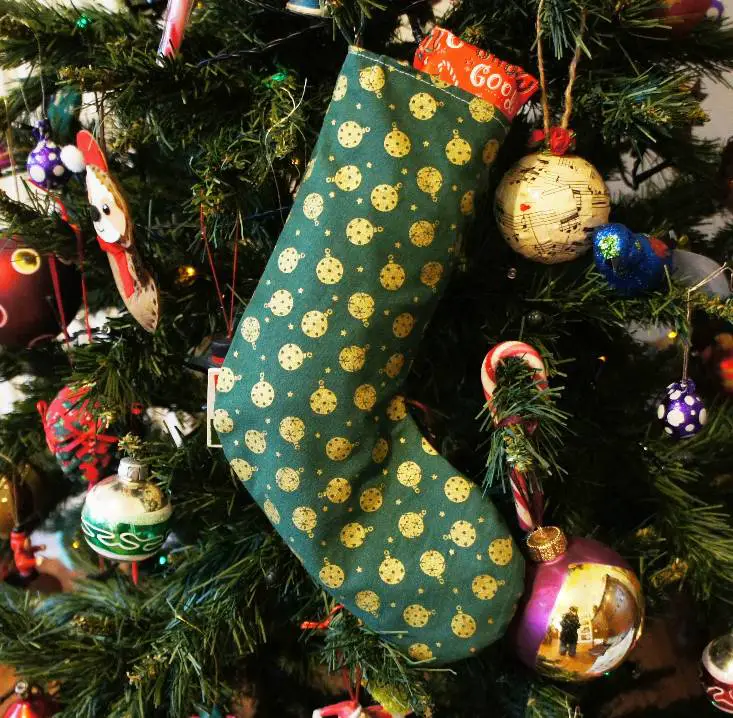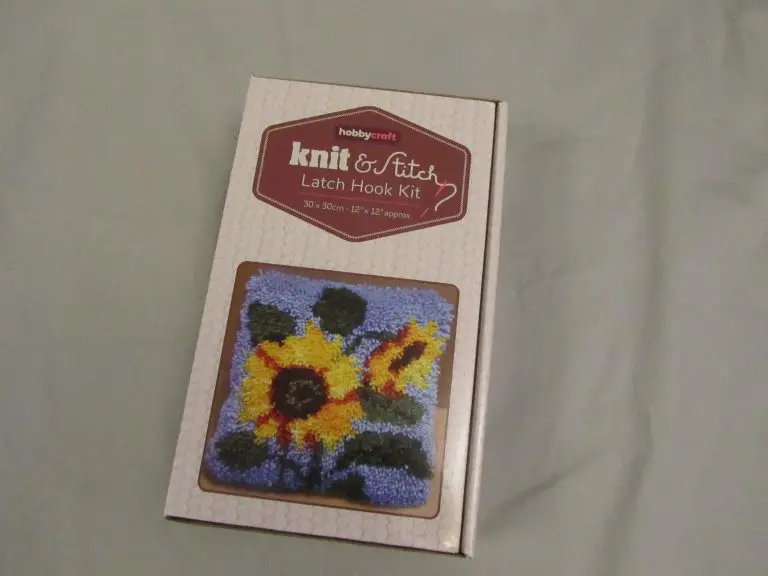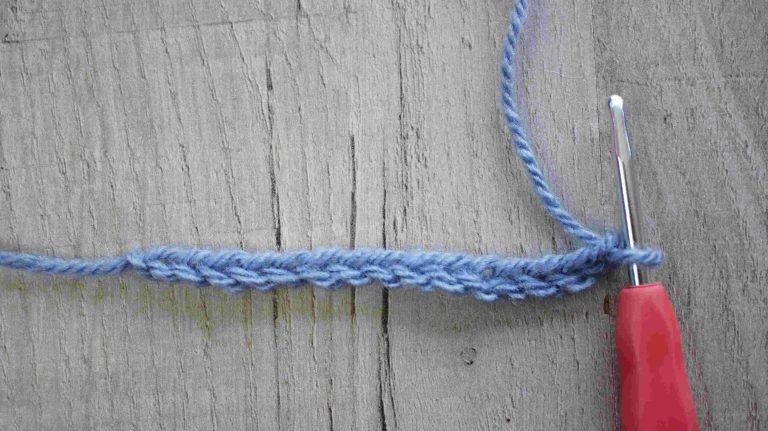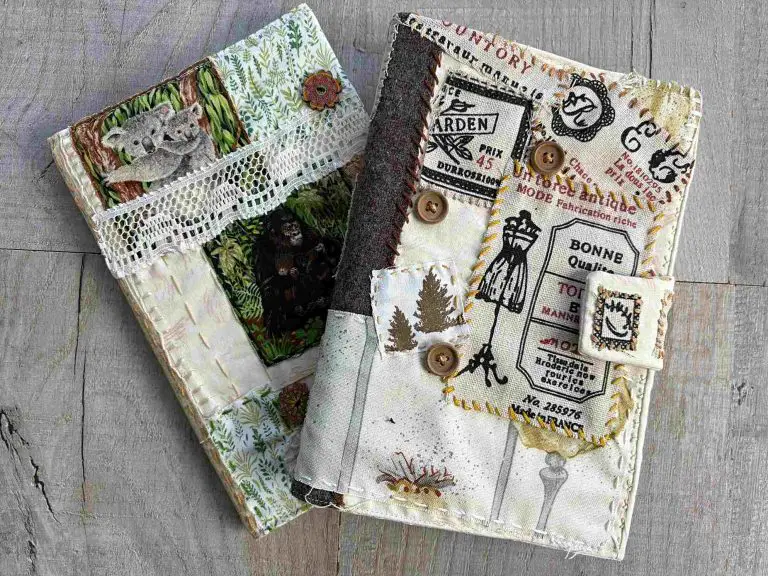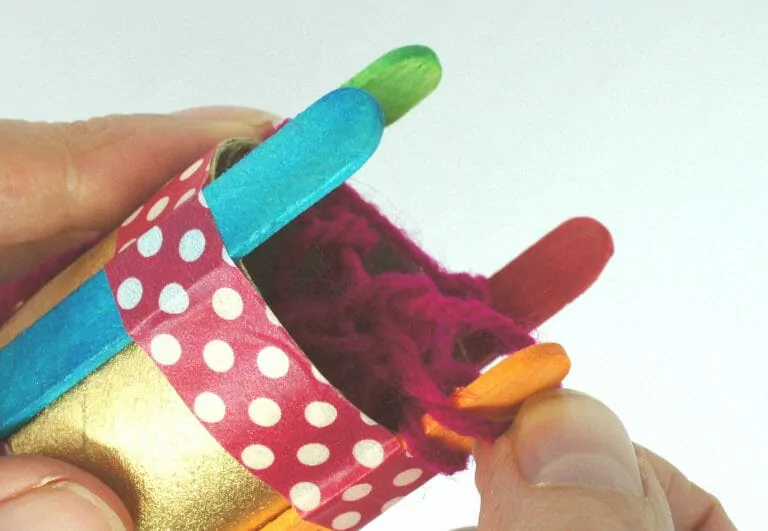DIY Ladybird House: Attract Ladybirds to Your Garden and Help Control Pests
As an Amazon Associate I earn from qualifying purchases
Whether you call them ladybirds or ladybugs they are such cute insects and should be encouraged into the garden. That is why we are going to build a super quick and simple ladybird house. You could even call it a ladybird hotel.
You should encourage them into the garden because they are mainly carnivores and their diet consists mainly of aphids. Aphids are small, soft-bodied insects that suck sap from plants. Ladybirds also eat other small insects, such as scale insects, mealybugs, and whiteflies. A gardener’s best friend!
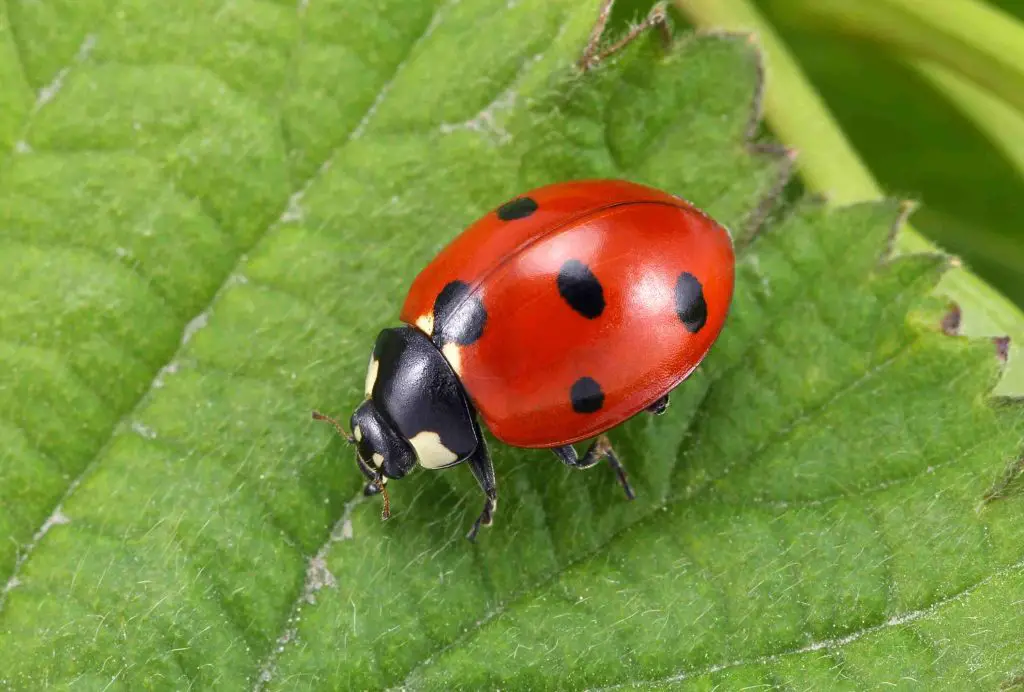
Credit: Photo by depositphotos.com
I have added a question and answer section at the end of this tutorial to hopefully answer any questions you have. If you have more questions please ask them in the comments below and I will try to answer them (but I am no expert).
So let’s get started
Supplies you will need:
- Small log or piece of wood
- Thin piece of wood for the roof
- Nails or outdoor glue
- Drill
Make your DIY Ladybird House
Prepare your piece of wood
The first thing you need is a small log. The size really is up to you. The one in this tutorial is about 8 inches high and about 5 inches across. You could easily make one taller or narrower but we used a log out of our wood store that we though would stand well in the garden. If you prefer to hang your ladybird house you may want a taller but narrower bit of wood.
Your first task is to cut a slope onto one end of the log. This is to allow the water to run off rather than soak into the wood. If you prefer to put two pieces of wood onto the top as a tall pitch (like a house) then you do not need a slope. But I am all about keeping it quick and easy.
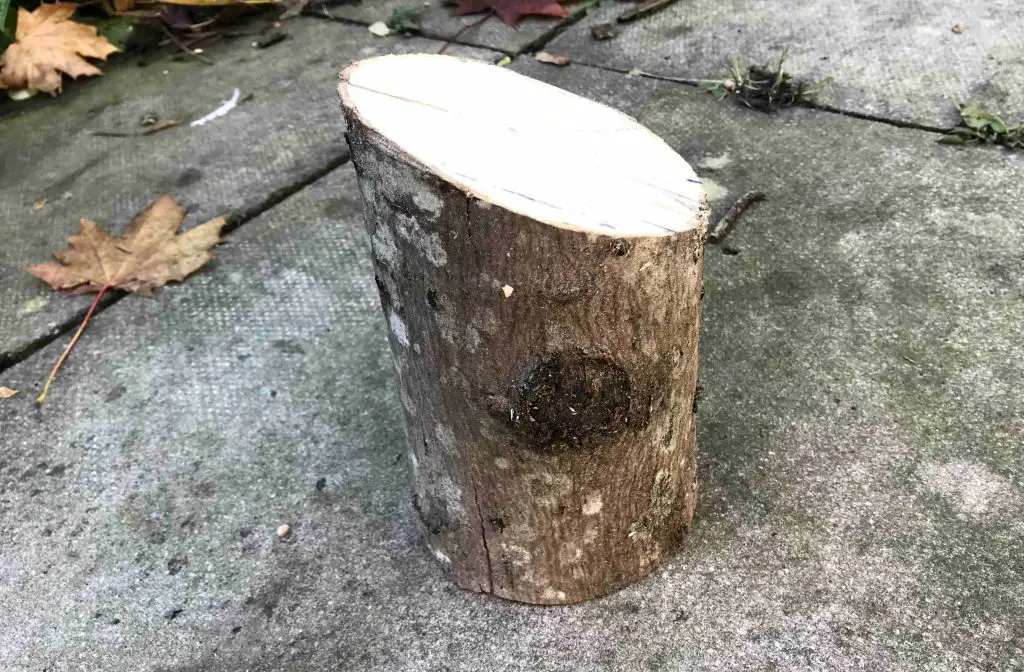
Drill the Holes for the Ladybirds
Now simply drill a load of holes into the log so that the ladybirds can go into them. You can vary the size of holes or just stick with whatever you have got. In nature they will use whatever dry spaces they find so do not worry too much about size.
Add a Roof to Your Ladybird House
Then cut a piece of wood large enough to cover the top of the log. Thickness is completely unimportant. It is simply to help the water flow off the log and keep it dry so that the ladybirds stay warm and dry. Nail or glue this onto the sloped end of your log. If you are using nails you may need to drill pilot holes if your wood is likely to crack. Any glue must be suitable for outdoors.
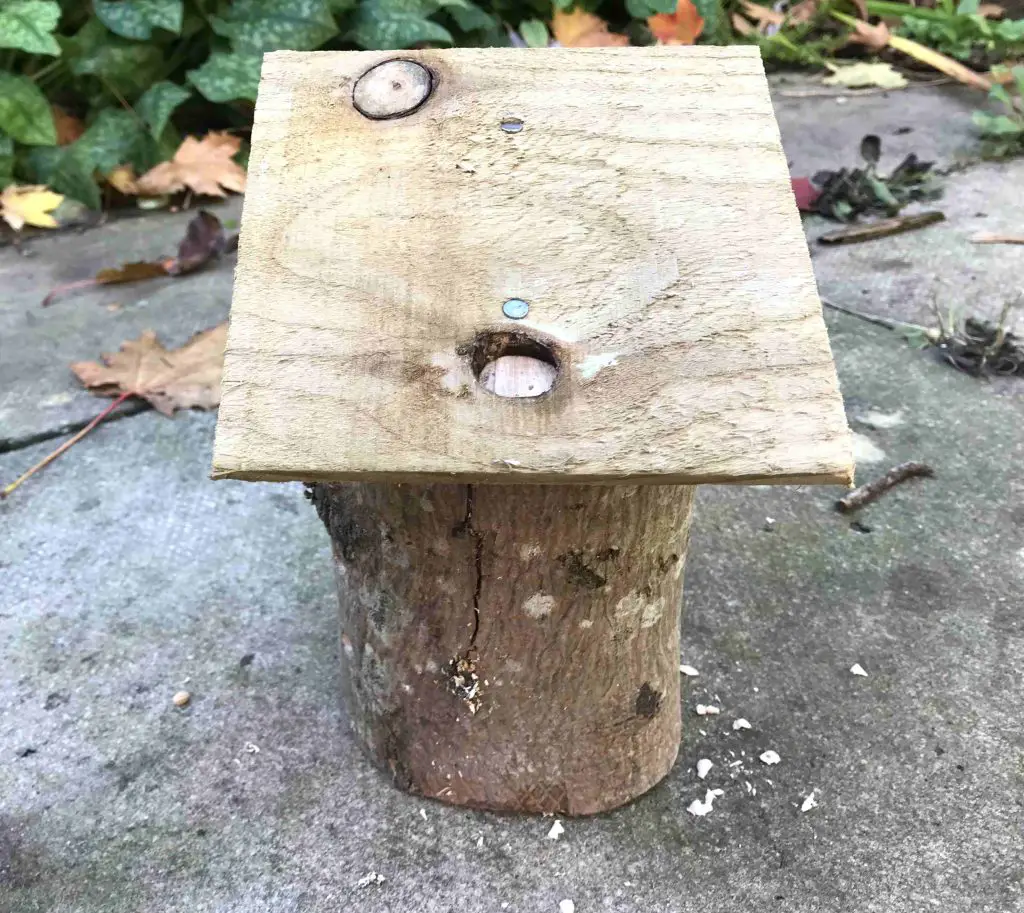
You now have a completed ladybird house. We placed ours on an old broken roof tile so that less water soaks up into the log. You could place it on another bit of wood, slab, etc. The key thing is that the ladybirds find it. You could even hang it up against your house or shed.
Ladybirds are fascinating creatures that play an important role in the ecosystem. By providing them with food and shelter, you can help to attract and maintain a healthy population of ladybirds in your garden.
More information in the questions and answers below.
Ladybird House Questions and Answers
How do I attract ladybirds to a ladybird house
Ladybird houses provide ladybirds with a place to overwinter. You can attract ladybirds to your ladybird house by placing it in a sunny spot in your garden. It is also a good idea to place them near a source of food so if you know you have aphids in your garden or you see a lot of ladybirds consider placing it there. Just make sure it is sheltered from the worst of the weather.
What do ladybirds eat?
Ladybirds are carnivores, and their diet consists mainly of aphids. Aphids are small, soft-bodied insects that suck sap from plants. Ladybirds also eat other small insects, such as scale insects, mealybugs, and whiteflies.
What is the lifecycle of a ladybird?
The ladybird cycle has 4 stages: egg, larva, pupa, and adult.
- Egg: Ladybirds lay their eggs on leaves or near aphid colonies. The eggs are white and oval-shaped.
- Larva: The larva is the second stage of the ladybird’s lifecycle. It’s a long, thin creature with black spots. The larva eats aphids and other small insects.
- Pupa: The pupa is the third stage of the ladybird’s lifecycle. It’s a dormant stage where the larva transforms into an adult ladybird.
- Adult: The adult ladybird is the fourth and final stage of the lifecycle. It’s a small, round insect with red or yellow wings and black spots. Adult ladybirds eat aphids and other small insects.
Why do ladybirds come into the house?
There are a few reasons why you might have ladybirds in the house. One reason is that they’re looking for food. If there are aphids in your house, ladybirds will be drawn to them.
Another reason why ladybirds might come into your house is that they’re looking for shelter. Ladybirds need warm places to overwinter, and your house can provide them with the shelter they need. However they may come out of hibernation too early because your home is so warm. It is much better if they overwinter in your ladybird hotel.
Do all ladybirds hibernate?
I am no expert on all ladybirds around the world but here in the UK they do. Some hibernate individually and some cluster into large groups. I rather think it depends on the availability of food and the temperature.
Alternative Bug Hotels
There are lots of ways to build bug hotels that accommodate many insects, not just ladybirds. You can use a variety of materials including pine cones, straw and hollow bamboo canes. You can keep it simple or get very creative like this example here.
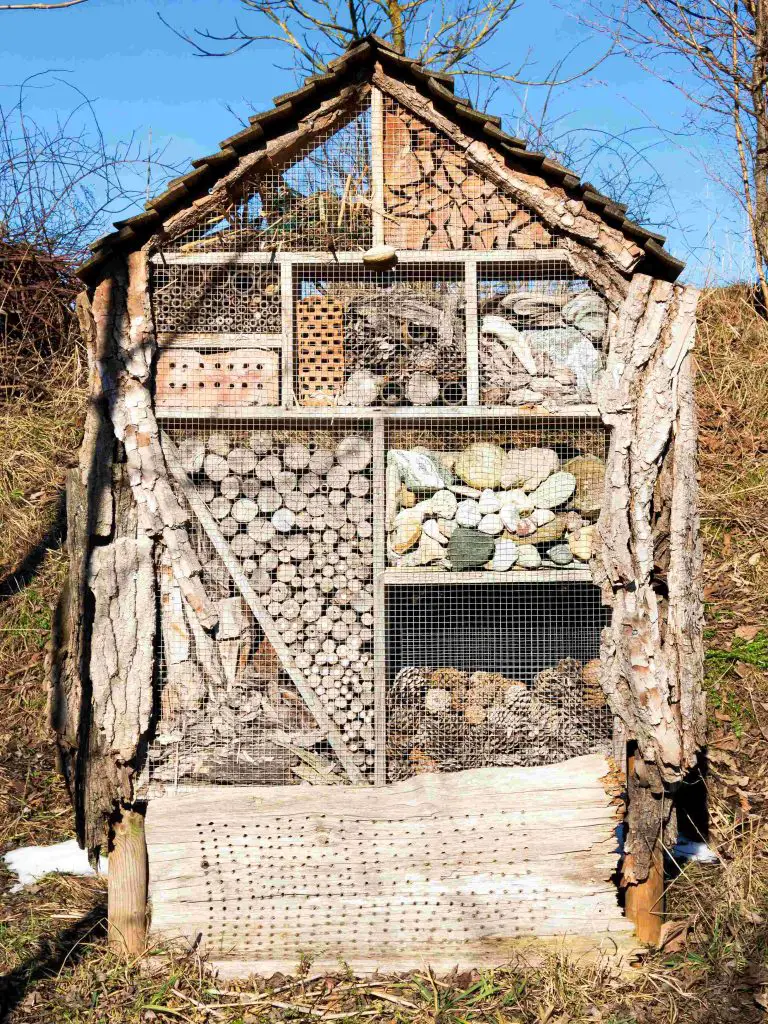
Credit: Photo by depositphotos.com
Remember it is not about what it looks like but whether the ladybirds will use it. So get started today and help your ladybirds to overwinter in your garden.
If you are looking for more great projects for your garden then check out my whole gardening section.
